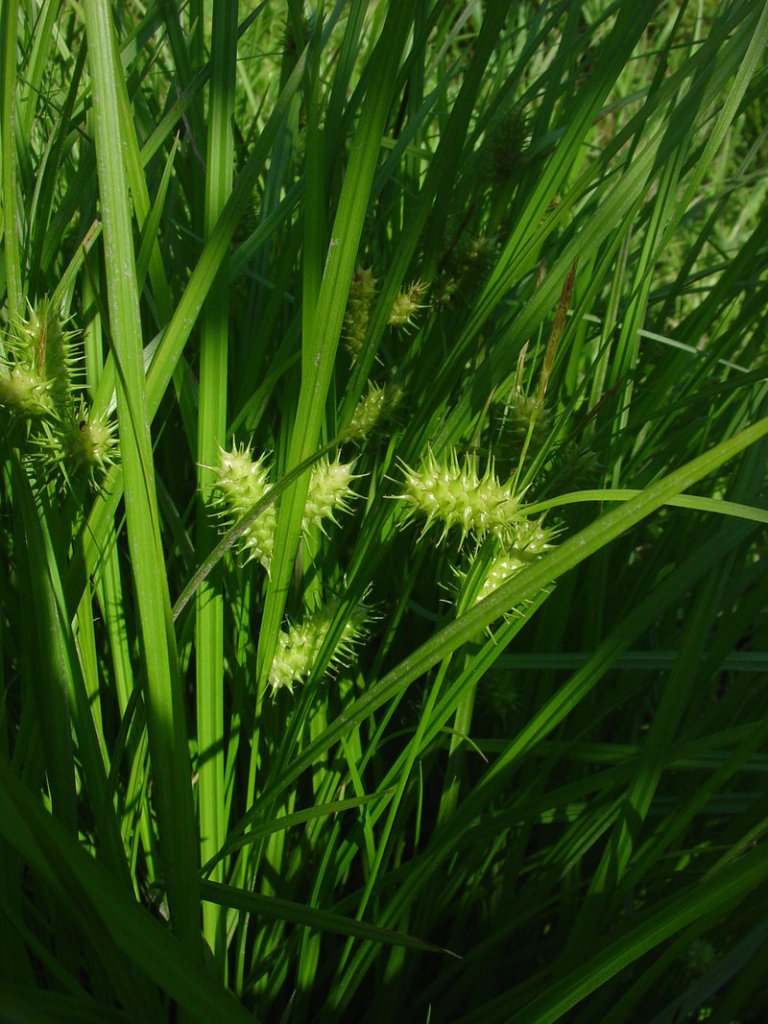Acadia National Park is a historic and wonderful place, from the carriage roads to the Jordan Pond House, from Thunder Hole to Cadillac Mountain.
Gardeners and other plant lovers now have a guide to tell them what they are seeing, “The Plants of Acadia National Park.” The book was published by the University of Maine Press and coordinated by Glen Mittelhauser of the Natural History Observatory, working with the Friends of Acadia, the Garden Club of Mount Desert and the University of Maine.
For his work on that project and several others, the New England Wildflower Society has named Mittelhauser the winner of its Maine State Award for 2011.
The Acadia field guide, which came out last year and contains 2,200 color photographs and descriptions of 862 different plants, has received some national recognition and has been well-received by users, Mittelhauser said in a telephone interview.
“The way it is set up, users who don’t know anything about plant identification can use it as a guide as well as botanists,” he said. “It includes flowering plants, grasses, sedges and rushes.”
The field guide is only a small part of what Mittelhauser is working on, and for which the Massachusetts-based New England Wild Flower Society recognized him.
Through the Natural History Observatory, a nonprofit group he organized 10 years ago, Mittelhauser has been working to eradicate invasive species from islands off the Down East coast through mechanical and nontoxic measures; coordinating with a group working on a field guide to the sedges of Maine; and working on an atlas of the seabirds of the Maine coast.
He is pleased with the progress he has made working with Maine Coastal Islands National Wildlife Refuge in removing invasive plants.
“For the most part along the Down East coast, the invasive plant populations on the islands are fairly small, especially compared to the southern Maine coast,” he said. “That makes it a lot easier hand-controlling them and pulling them. We’ve also been experimenting with a high-strength, 20 percent vinegar, and have had some luck with garlic mustard and thistle.”
Unfortunately, it doesn’t work on woody plants, such as bittersweet or multiflora roses.
“I have been searching around for a couple of years to find something that would work for woody invasive plants,” he said.
“You wouldn’t think it would be that hard to kill a plant. We do it all the time with houseplants and in the garden. It just shows how well these invasive plants have adapted.”
“The Cyperaceae of Maine” — which will contain about 1,400 photos of 215 sedges and is scheduled for publication in 2013 — will be aimed more at botanists than the home gardener.
“A lot of botanists get intimidated by sedges,” Mittelhauser said. “We want this book to let people recognize them in the field without a hand lens, to make this group of plants more accessible.”
Sedges look quite a bit like grasses, and while there are a few sedges available in the commercial market, primarily in the carex genus, most home gardeners would not be interested in planting many of them. But if they know what sedges were, they would definitely see a lot of them while walking in the woods and fields.
The atlas of sea birds is further along than the book on sedges.
And while his work on both plants and birds shows that he is not a scientific specialist, Mittlehauser does say that it helps to specialize on a specific region — which he has done with Down East Maine, from his home base in Gouldsboro.
Mittlehauser, who says he is nearing 50, said he founded the Natural History Observatory 10 years ago and is the only full-time employee, although he does hire people regularly on a contract basis. He works with a variety of groups, including the University of Maine, where he received a graduate degree in 2000, the Maine Coast Heritage Trust, the Department if Inland Fisheries and Wildlife and more.
“It is definitely a grant-driving organization,” he said. “I probably spend two or three months a year writing grant applications.”
“The Plants of Acadia National Park” can be purchased at mainenaturalhistory.org, where you also will find more information about Mittelhauser’s organization.
Tom Atwell has been writing the Maine Gardener column since 2004. He is a freelance writer from Cape Elizabeth and can be contacted at 767-2297 or at:
tomatwell@me.com
Send questions/comments to the editors.




Success. Please wait for the page to reload. If the page does not reload within 5 seconds, please refresh the page.
Enter your email and password to access comments.
Hi, to comment on stories you must . This profile is in addition to your subscription and website login.
Already have a commenting profile? .
Invalid username/password.
Please check your email to confirm and complete your registration.
Only subscribers are eligible to post comments. Please subscribe or login first for digital access. Here’s why.
Use the form below to reset your password. When you've submitted your account email, we will send an email with a reset code.